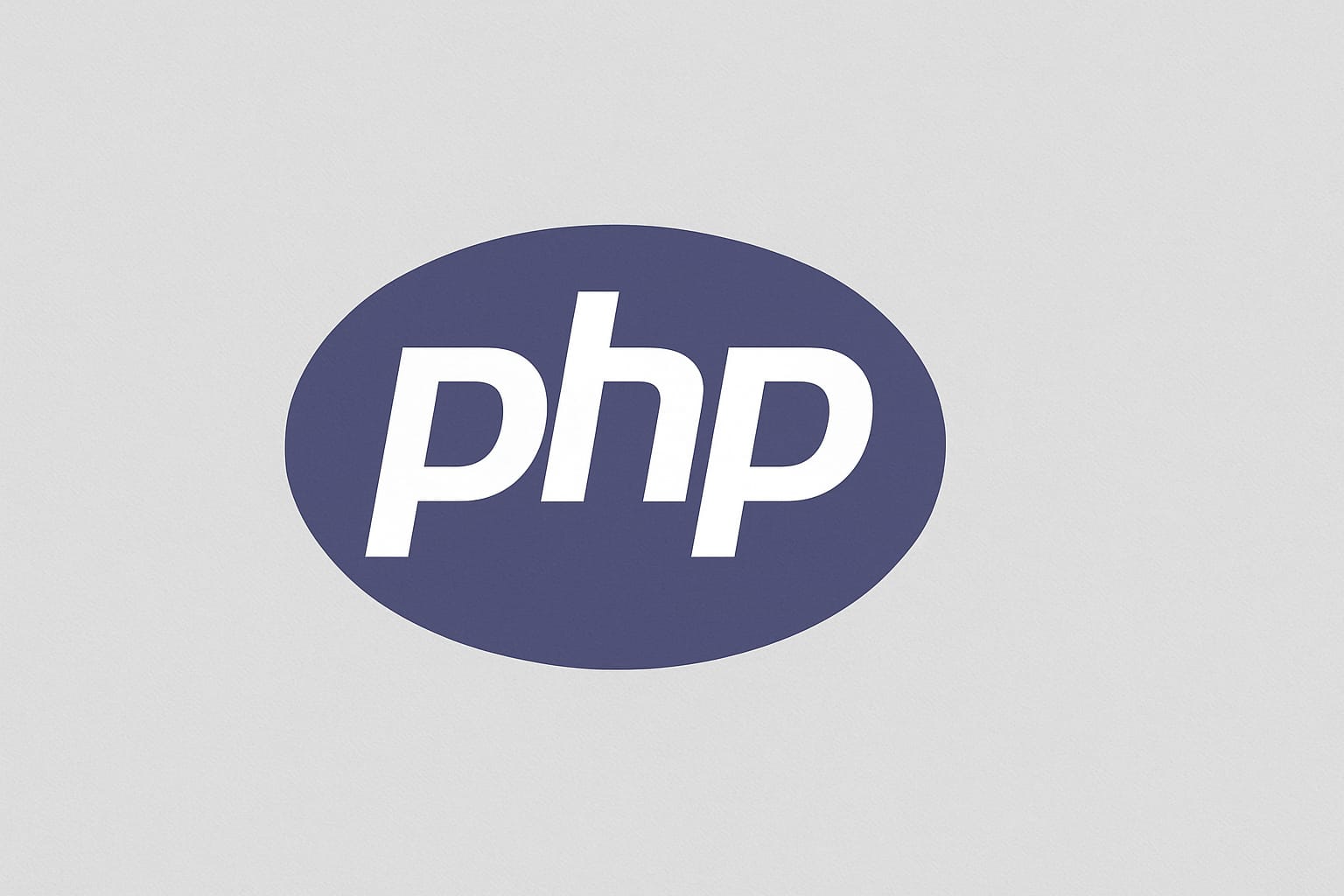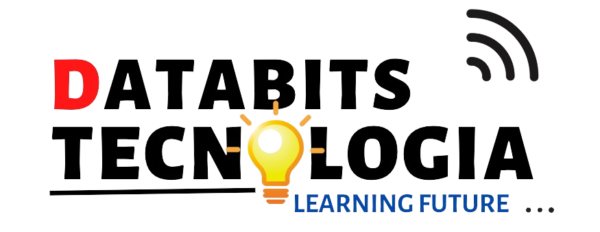
About Course
A Full Stack Web Development course with PHP is designed to equip learners with the skills to create dynamic web applications using PHP for backend development, alongside essential frontend technologies and database management. PHP is a popular server-side scripting language known for its ability to integrate with various databases and frameworks, making it a versatile choice for web development.
Course Overview
This course covers the full spectrum of web development, including HTML, CSS, JavaScript for frontend, PHP and Laravel for backend, and a relational database like MySQL. By the end of the course, students will be able to design, build, test, and deploy full-stack web applications using PHP and associated technologies
Course Content
Introduction to Full Stack Development
-
Overview of Web Development o Understanding client-server architecture
-
Development Environment Setup
